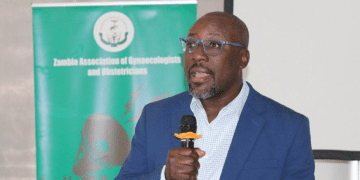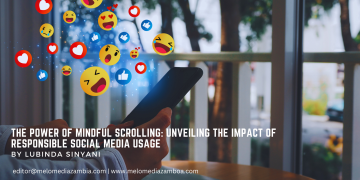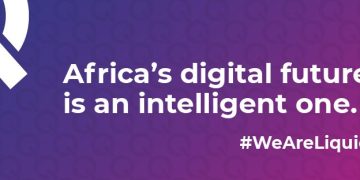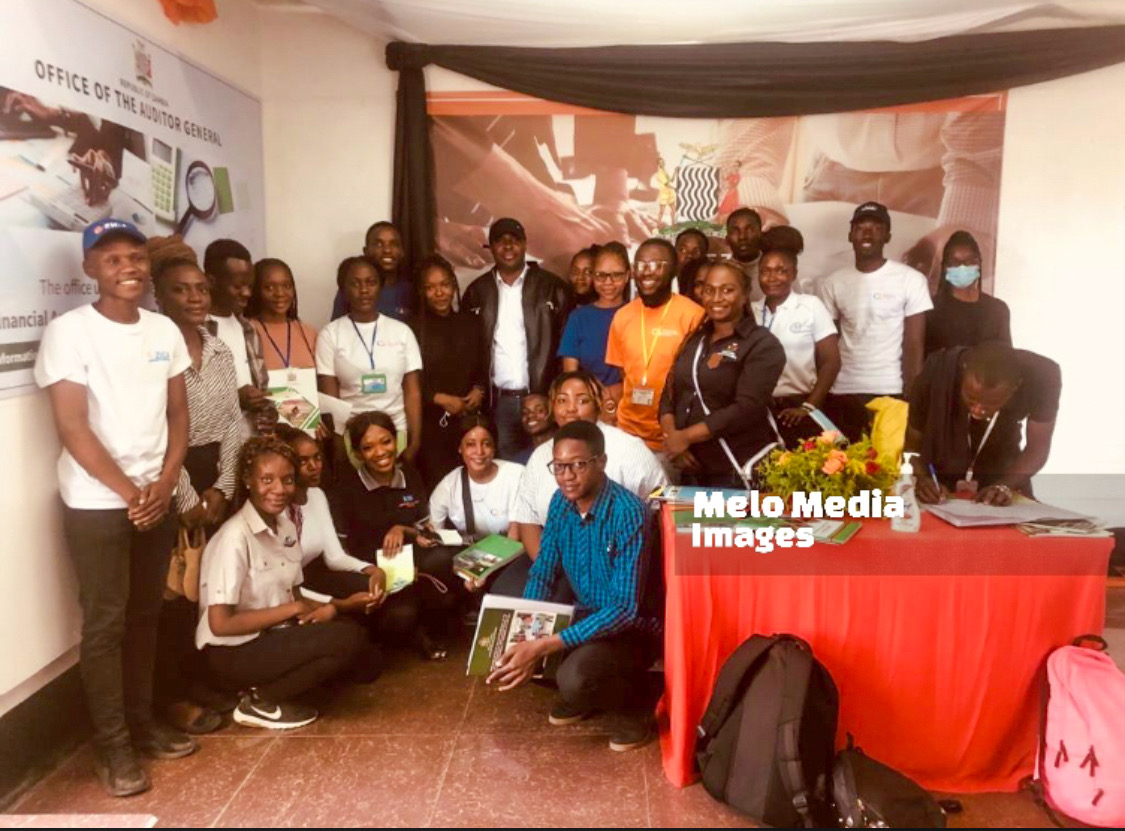By Martin Mwamba
While it’s vital to promote solar energy today, it’s important to acknowledge that solar alone has not industrialized any nation. Additionally, the environmental concerns surrounding lithium battery disposal, which is necessary for solar energy storage, need to be addressed. Nonetheless, solar energy is a promising alternative that the government should invest in, but not at the expense of other energy sources.
Examining the energy profiles of industrialized countries highlights the importance of a diversified approach to power generation. In the United States, energy comes from natural gas (40%), coal (20%), nuclear (20%), and renewable sources—including solar and wind—making up the remaining 20%. Russia’s energy composition is similar, with 44% coming from natural gas, 20% from nuclear, 18% from coal, 17% from hydro, and the remainder from renewables. Germany also exemplifies diversification, generating 40% of its electricity from renewables, 20% from coal, 15% from natural gas, and 10% from nuclear and the remainder coming from other sources including oil waste. Countries like China, Japan, and South Korea illustrate similar trends of diversified energy production.
This diversification safeguards nations against disruptions in any one energy source. In contrast, Zambia’s electricity generation is primarily reliant on hydroelectric power, which constitutes 80% of our total generation, followed by 19% from coal and only about 1% from renewables—which is gradually increasing. Such dependency raises serious concerns about national security, as it indicates a grave oversight by those responsible for our nation’s energy affairs.
To enhance national security, Zambia must embrace a comprehensive range of energy sources, including hydroelectricity, solar, nuclear, fossil fuels, and natural gas. Relying solely on hydroelectricity is no longer tenable, particularly in light of the unpredictable impacts of climate change. Furthermore, solar energy generation can be significantly affected even by dust accumulation on panels, particularly in drier regions like ours, therefore, it cannot be considered to be a reliable source of energy, but makes a very good alternative for diversification purposes.
In addition to diversifying energy sources, we should also focus on diversifying the geographical locations of our power generation. Currently, a significant portion of our electricity—around 1,000 MW—comes from the Kariba North bank, followed by the Kafue Gorge with 900 MW. Smaller contributions come from Maamba (300 MW), Itezhi Tezhi (120 MW), and Luapula Hydro (60 MW). This heavy concentration in just two hydroelectric sites poses a risk of widespread disruption if either facility encounters problems as is evidenced by our current troubles.
Comparatively, Tanzania’s diversified energy generation—40% from hydro, 40% from natural gas, and 20% from thermal power—protects it against drought-related power shortages. South Africa, on the other hand, displays greater reliance on coal (70%), with renewables contributing 20% and other sources 10%.
In conclusion, the evidence clearly indicates that diversifying our electricity generation sources is essential for ensuring stability and national security in the face of disasters such as ongoing droughts. It is imperative that the government and ZESCO take immediate steps to diversify our energy portfolio and work towards the decentralization of power generation.
Disclaimer: The views and opinions expressed in this article are those of the authors and do not necessarily reflect the official policy of Melo Media Zambia.
© 2024 copyright all reserved Melo Media Zambia | Email: [email protected] | www.melomediazambia.com | WhatsApp Only: +260969535044








































